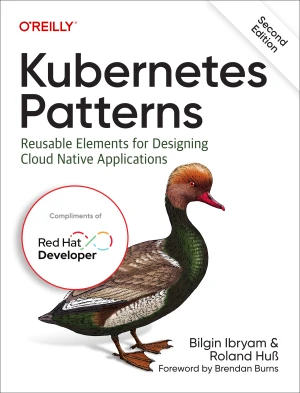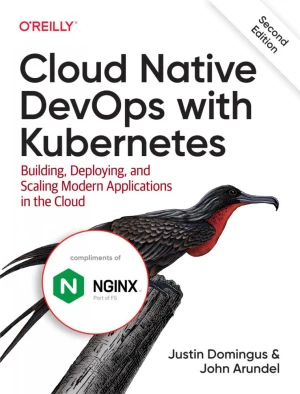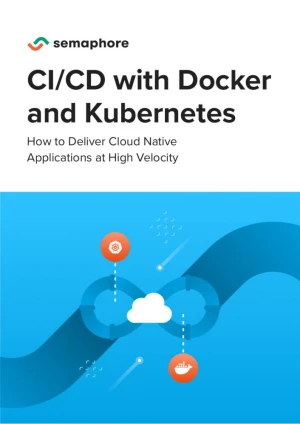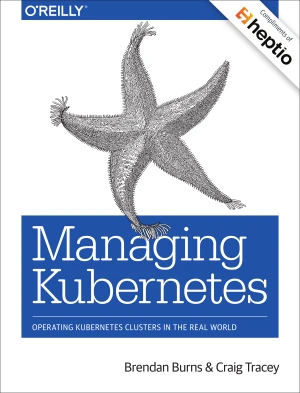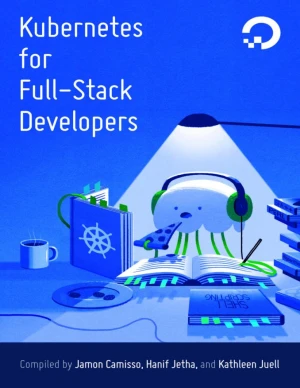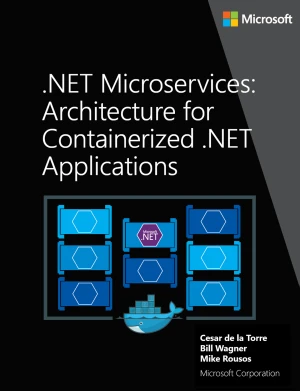Kubernetes Patterns
Reusable Elements for Designing Cloud-Native Applications
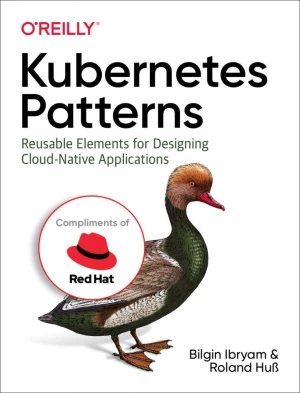
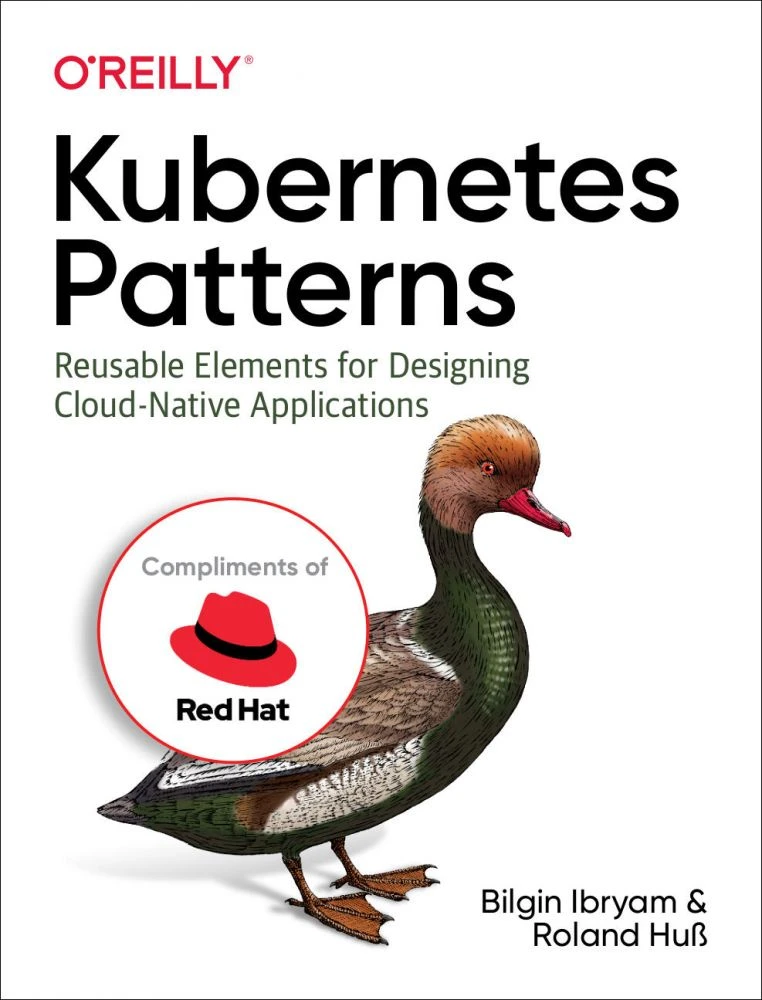
Book Details
| Authors | Bilgin Ibryam, Roland Huß |
| Publisher | O'Reilly Media |
| Published | 2019 |
| Edition | 1st |
| Paperback | 266 pages |
| Language | English |
| ISBN-13 | 9781492050285, 9781492076650 |
| ISBN-10 | 1492050288, 1492076651 |
| License | Compliments of Red Hat |
Book Description
The way developers design, build, and run software has changed significantly with the evolution of microservices and containers. These modern architectures use new primitives that require a different set of practices than most developers, tech leads, and architects are accustomed to. With this focused guide, Bilgin Ibryam and Roland Huß from Red Hat provide common reusable elements, patterns, principles, and practices for designing and implementing cloud-native applications on Kubernetes.
Each pattern includes a description of the problem and a proposed solution with Kubernetes specifics. Many patterns are also backed by concrete code examples. This book is ideal for developers already familiar with basic Kubernetes concepts who want to learn common cloud-native patterns.
You'll learn about the following pattern categories:
- Foundational patterns cover the core principles and practices for building container-based cloud-native applications;
- Behavioral patterns explore finer-grained concepts for managing various types of container and platform interactions;
- Structural patterns help you organize containers within a pod, the atom of the Kubernetes platform;
- Configuration patterns provide insight into how application configurations can be handled in Kubernetes;
- Advanced patterns cover more advanced topics such as extending the platform with operators.
This book is published as open-access, which means it is freely available to read, download, and share without restrictions.
If you enjoyed the book and would like to support the author, you can purchase a printed copy (hardcover or paperback) from official retailers.
Download and Read Links
Share this Book
[localhost]# find . -name "*Similar_Books*"
Kubernetes Patterns, 2nd Edition
The way developers design, build, and run software has changed significantly with the evolution of microservices and containers. These modern architectures offer new distributed primitives that require a different set of practices than many developers, tech leads, and architects are accustomed to. With this focused guide, Bilgin Ibryam and Roland H
Cloud Native DevOps with Kubernetes, 2nd Edition
Kubernetes has become the operating system of today's cloud native world, providing a reliable and scalable platform for running containerized workloads. In this friendly, pragmatic book, cloud experts Justin Domingus and John Arundel show you what Kubernetes can do-and what you can do with it. This updated second edition guides you through the gro
CI/CD with Docker and Kubernetes, 2nd Edition
Containers change how developers build, test, and deploy code. Adopting them takes time, and using them incorrectly can slow down the delivery process. Not every organization has a dedicated team of engineers to focus on this transition, unlike companies such as Spotify or Netflix. A startup CTO, for example, may need to prioritize shipping feature
Managing Kubernetes
While Kubernetes has greatly simplified the task of deploying containerized applications, managing this orchestration framework on a daily basis can still be a complex undertaking. With this practical book, site reliability and DevOps engineers will learn how to build, operate, manage, and upgrade a Kubernetes cluster - whether it resides on cloud
Kubernetes for Full-Stack Developers
Whether you're just curious, getting started with Kubernetes, or have experience with it, this curriculum will help you learn more about Kubernetes and running containerized applications. You'll learn about core Kubernetes concepts and use them to deploy and scale applications in practical tutorials. By the end of this curriculum you'll be able to
.NET Microservices
This guide is an introduction to developing microservices-based applications and managing them using containers. It discusses architectural design and implementation approaches using .NET Core and Docker containers. To make it easier to get started with containers and microservices, the guide focuses on a reference containerized and microservice-ba

